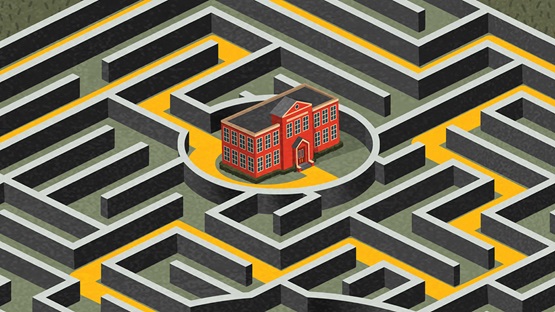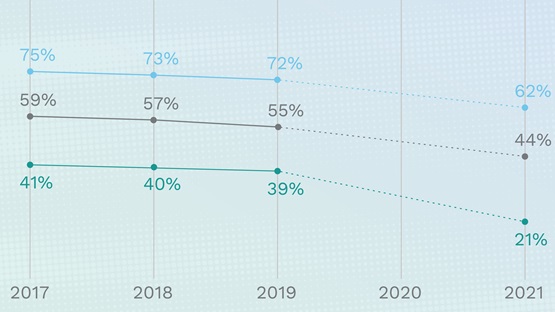Abstract
We investigate whether elite Chicago public high schools can help close the achievement gap between high-achieving students from more and less affluent neighborhoods. Seats are allocated based on prior achievement with 70 percent reserved for high-achieving applicants from four neighborhood socioeconomic status (SES) categories. Using regression discontinuity design, we find no effect on test scores or college attendance for students from high- or low-SES neighborhoods and positive effects on student reports of their experiences. For students from low-SES neighborhoods, we estimate significant negative effects on rank in high school, grades, and the probability of attending a selective college.




